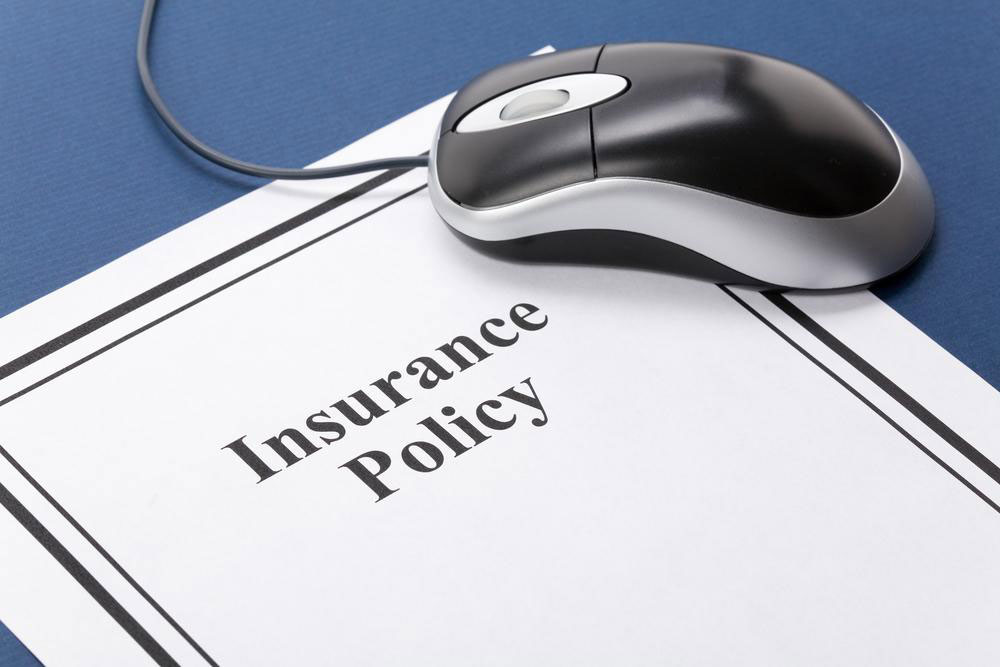Essential Factors When Selecting a Life Insurance Plan
This article highlights key considerations for choosing the right life insurance policy. It covers policy types, insurer categories, important factors like financial stability, service quality, premium costs, and claim processes. Making an informed decision ensures financial security for loved ones and peace of mind. Understand exclusions, classifications, and the significance of company ratings before selecting a policy. Expert guidance helps tailor coverage to your needs, providing protection against life's uncertainties.

Essential Factors When Selecting a Life Insurance Plan
Life insurance is a contractual agreement between an individual (the policyholder) and an insurance provider (the insurer), where the insurer commits to pay a specified sum to the policyholder’s beneficiaries upon their death, in exchange for premium payments. Some policies also cover events such as illnesses, disabilities, or funeral expenses, triggering payouts. Premiums can be paid regularly or as a one-time lump sum.
The policies include certain exclusions like suicide, fraud, war, or civil unrest, limiting the insurer’s liability. Claims are calculated based on risk assessments and premium amounts, with settlements typically taking 7-10 days. An agent can assist with claims, but the insurer finalizes payments. Life insurance companies fall into two main types: stock insurers, owned by shareholders, and mutual insurers, owned by policyholders who have voting rights in company decisions. Policies are also categorized into protection (term) and investment (whole or universal life) plans, offering financial security or growth opportunities. Choosing the right insurer is crucial for financial protection, considering factors like financial strength, customer service, premium affordability, and claim settlement reliability.
When selecting an insurer, review their credit ratings from agencies like A.M. Best or Standard & Poor’s to ensure they can pay claims in the long term. Customer satisfaction ratings from sources like J.D. Power can guide service quality assessment. Obtain quotes from multiple providers to find suitable premium and coverage options. Initial consultations with agents help determine the best policy aligning with your goals and budget. Also, investigate the company’s risk tolerance by checking past complaints filed with regulatory authorities. Ultimately, the ideal policy should offer cost certainty, appropriate term lengths, flexibility for conversions, disability coverage, and end-of-life benefits.










